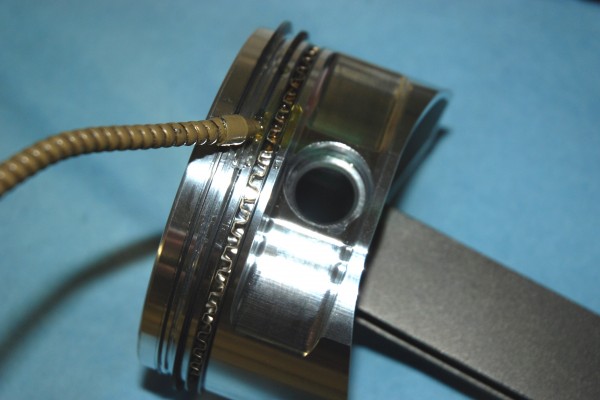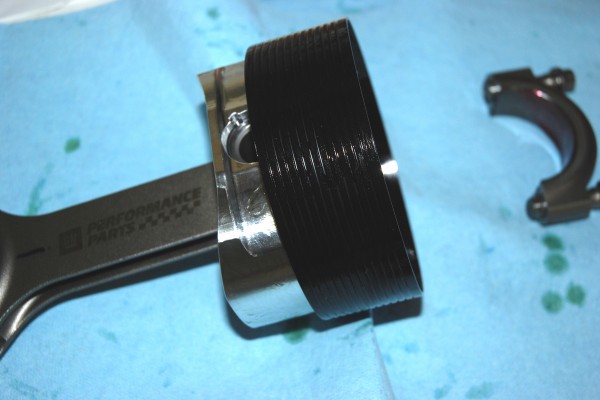You’ve seen it—somebody trying to install pistons and ending up with pinched or broken piston rings or so much oil in the bore their shoes are drenched. It doesn’t have to be that way if you use the easy-to-follow procedure outlined in the photo captions. Happy piston installin’!
Tools Required
[important]Which complicated install would you like to see us break down next? Please tell us in the comments section below.[/important]








[…] You may also want to read our post detailing how to properly install pistons. […]
Could someone please tell me what type of Piston Knocker Pat Topolinski uses to install pistons and who is the distributor of that tool?
We haven’t been able to track that information down, Rich
It worked but now my piston flew through the engine and smashed my balls…
If your piston flew “through” your engine, it sounds like you’re definitely doing it wrong. Install your crankshaft first, a few inches of fuel hose on each rod bolt, to protect your crankshaft rod journals on your crankshaft and to guide your rod onto your crank.
Thank You!!!
I have a SBC 350 my ring gap is 0.0035 do i need smaller rings or bigger rings
Gamblers are a different breed. There’s a point where they seem to know when a bluff has gone too far, when it’s time to fold their hand and live to fight another day. The art of building racing and high performance engines involves often pushing engines near their limit. The difference is a good engine builder knows how to stack the odds in his favor. Is reusing pistons worth the risk? Here’s how to make an informed decision.
“If the piston is domed, the dome should be to the outside of the block”
#1, Are ALL domed pistons ALWAYS facing that way for EVERY engine?
#2, For an inline engine, which way is the outside?